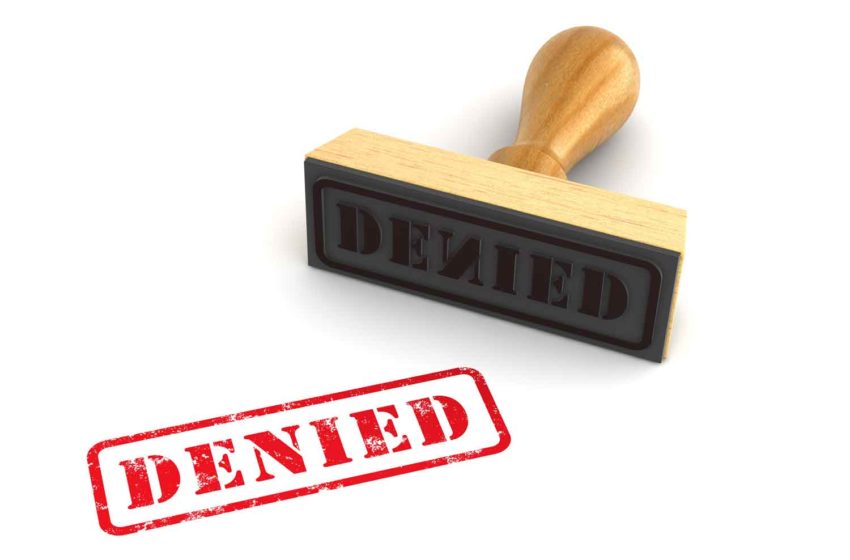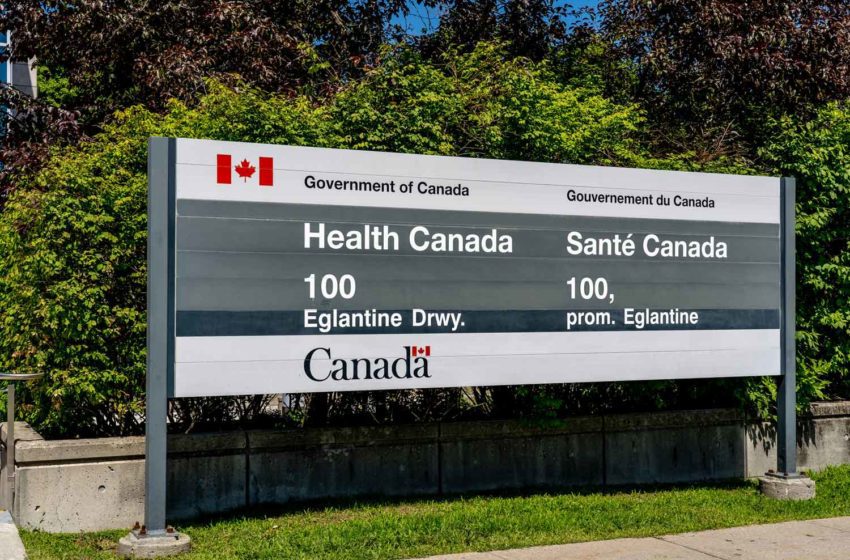Starting May 1, China will begin enforcing the licensing rules for e-cigarette production, wholesale and retail entities. The new rules, the draft of which was first announced in December 2021, apply to all hardware and e-liquid products, including all components and ingredients.
“The administrative department in charge of tobacco monopoly of the State Council takes charge of national supervision and management of electronic cigarettes, and is responsible for the formulation and organization of implementing electronic cigarette industry policies,” the regulations state. “The administrative department in charge of tobacco monopoly of the State Council shall organize professional institutions for technical review of electronic cigarette products based on inspection and testing reports and other application materials.
“Electronic cigarette products not sold in China and only used for export shall comply with the laws, regulations and standards of the destination country or region,” the rules state. “If the destination country or region does not have relevant laws, regulations and standards, they shall comply with China’s relevant laws, regulations and standards.”
Critically the new rules also ban nontobacco flavors and the sale of open systems. The importation of any vaping related products, such as pre-mixed e-liquids, must also be approved by Chinese authorities, according to the regulations.
Any company that produces e-cigarettes in China must now get a license. If a company wants to expand its production or product portfolio, the company must garner approval from the State Tobacco Monopoly Administration. All nicotine must be tobacco derived and purchased from approved sellers in China. Chinese regulators will also establish a comprehensive e-cigarette traceability system to keep track of vaping products.
“Electronic cigarette wholesale enterprises shall not provide electronic cigarette products to units or individuals that are not qualified to engage in electronic cigarette retail businesses,” the regulation states.
The rules also specify that “enterprises or individuals that have obtained the tobacco monopoly retail license … shall purchase electronic cigarette products from local … wholesale enterprises, and shall not exclusively operate the electronic cigarette products sold on the market.”
According to an industry expert, this means all retail outlets must sell multiple brands and not just a single brand. Traditionally, companies such as RELX only sold their own brands in their stores.
Additionally, authorities will establish a “unified national electronic cigarette transaction management platform” that e-cigarette industry businesses that have obtained tobacco monopoly licenses must conduct all transactions through.
The rules also encourage stakeholders to report illegal activity. “Rewards will be given to units and individuals who have made meritorious deeds in reporting cases of illegal production and sales of electronic cigarette products, e-atomization material products and electronic cigarette nicotine,” the rules state.–T.S.D.




















